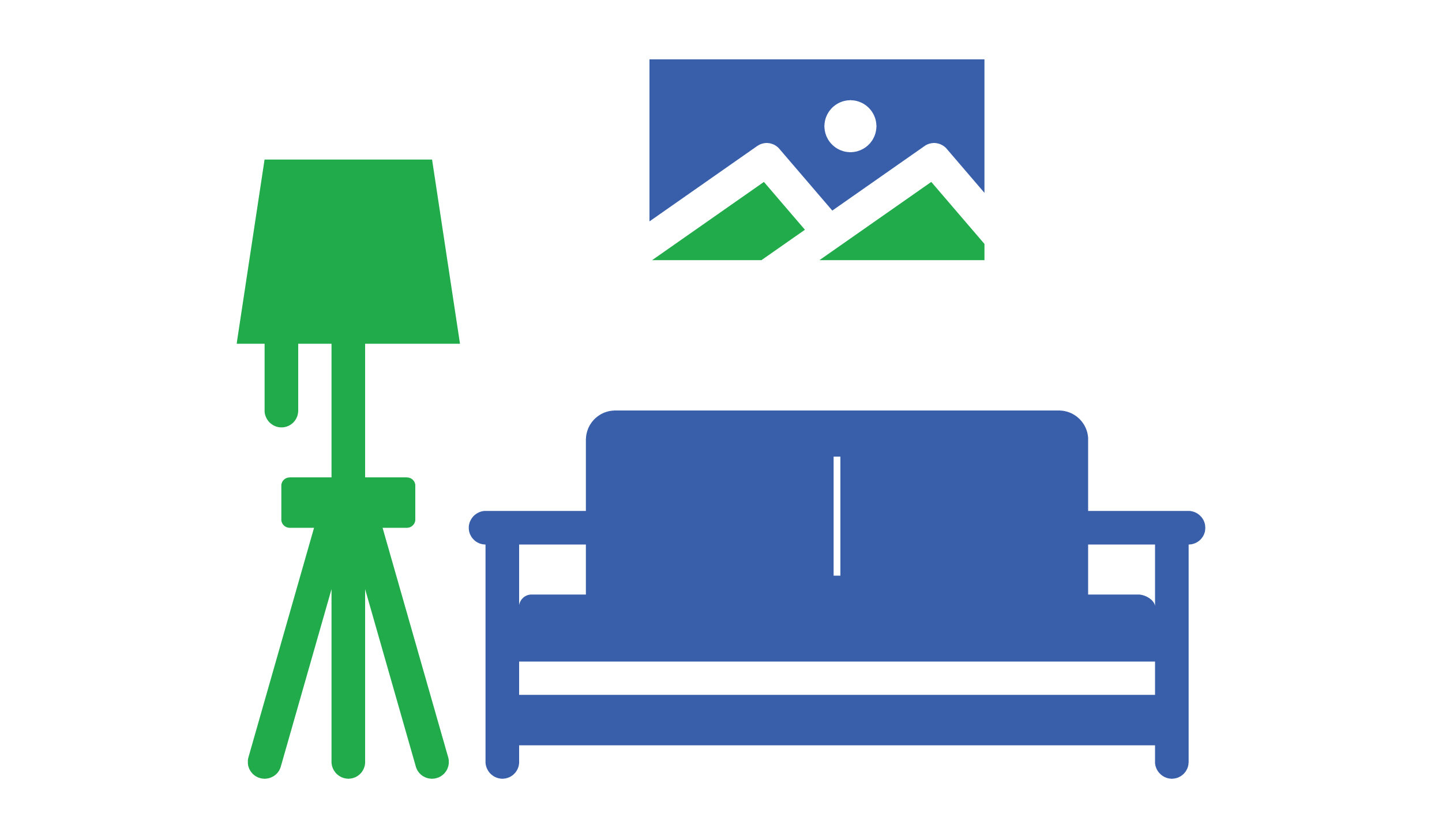There are many elements of design that change the functionality of a building, and several of those can increase costs if incorrectly implemented. But with the proper tools and considerations, the costs of common areas in your building can be significantly lowered with a few smart choices.
Use Your Resources
Sometimes the simplest choice makes the biggest difference. Reach out to Interior Designers while in the design process - not only do they have a keen eye professional understanding of style, but they know codes that builders may not consider. For example, ensuring fire resistant materials are used on common area furniture, how certain light fixtures will impact the overall effect, etc. are all things an Interior Designer knows well. Doing it yourself isn’t always the best option.
Consider Your Purpose
Putting careful thought into the specific residents or purpose of a building can drastically reduce common area costs. If you expect most of your occupants to be retirees, spend less on party rooms or aesthetically pleasing stairwells and instead consider nicer elevators or other accessibility options. Many buildings offer a variety of amenities and shared areas to attract potential investors and renters, but not every amenity is useful to all.
Invest in Quality Systems
When it comes to saving money, efficiency is key. While high-efficiency HVAC systems and LED lighting may cost more to begin with, factoring the expense into your design significantly cuts costs further down the line. Investing in more efficient windows, insulation, and electrical will impact your overall costs month to month, and have the added benefit of appealing to buyers and renters for increased environmental responsibility and the resulting decrease in costs.
Do Your Research
It may sound self-explanatory, but research can make the difference between high and low costs when it comes to common area expenses. Consider the area your building is in, and take stock of what service professionals are operating in the neighbourhood and what they charge. If the only electricians in your area are overpriced, invest more in top-quality electrical to avoid the need to pay for repairs for years down the line. Prioritizing systems that would be expensive to replace or repair in the future is a strategy that can save thousands in building upkeep.







